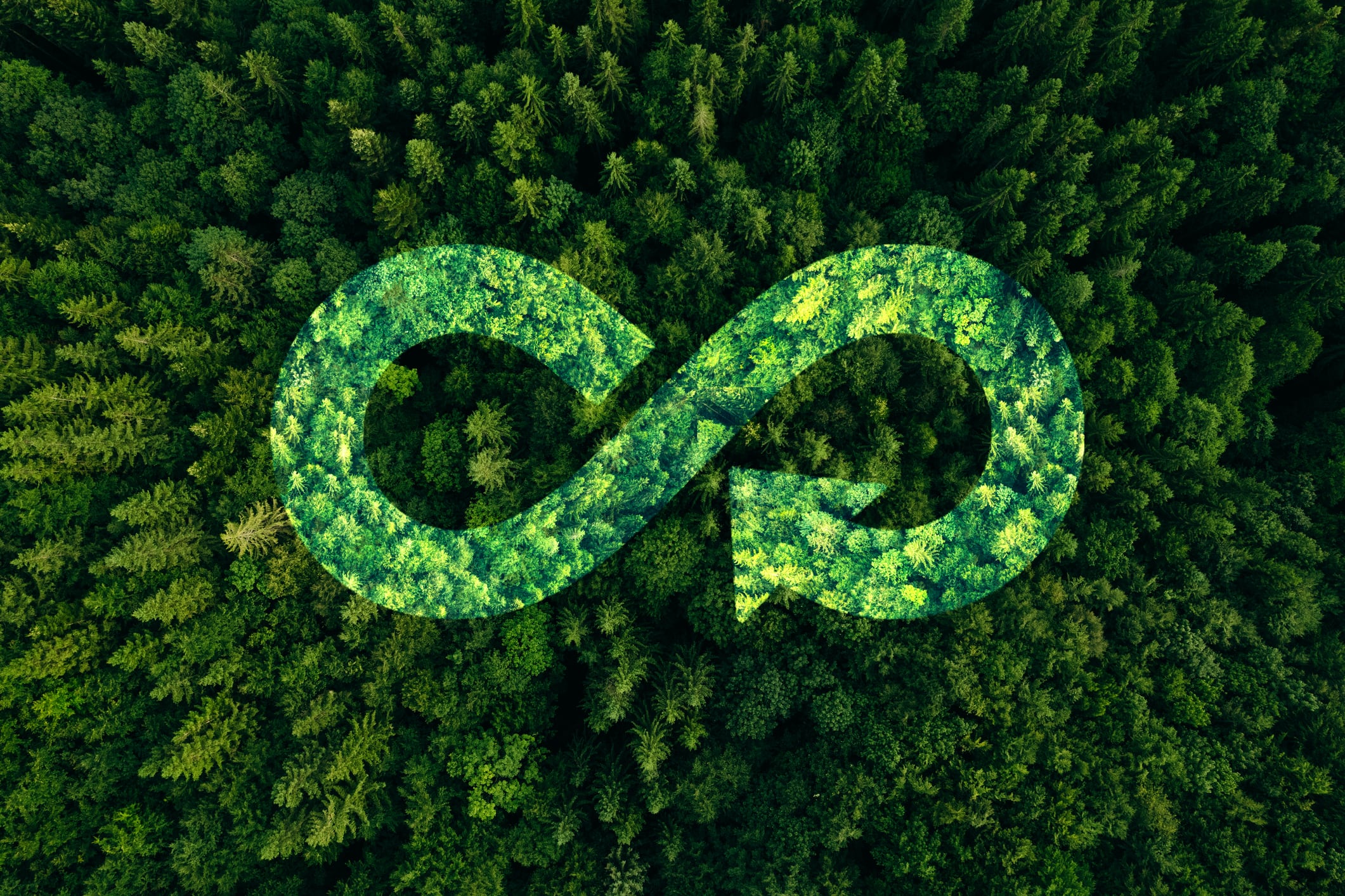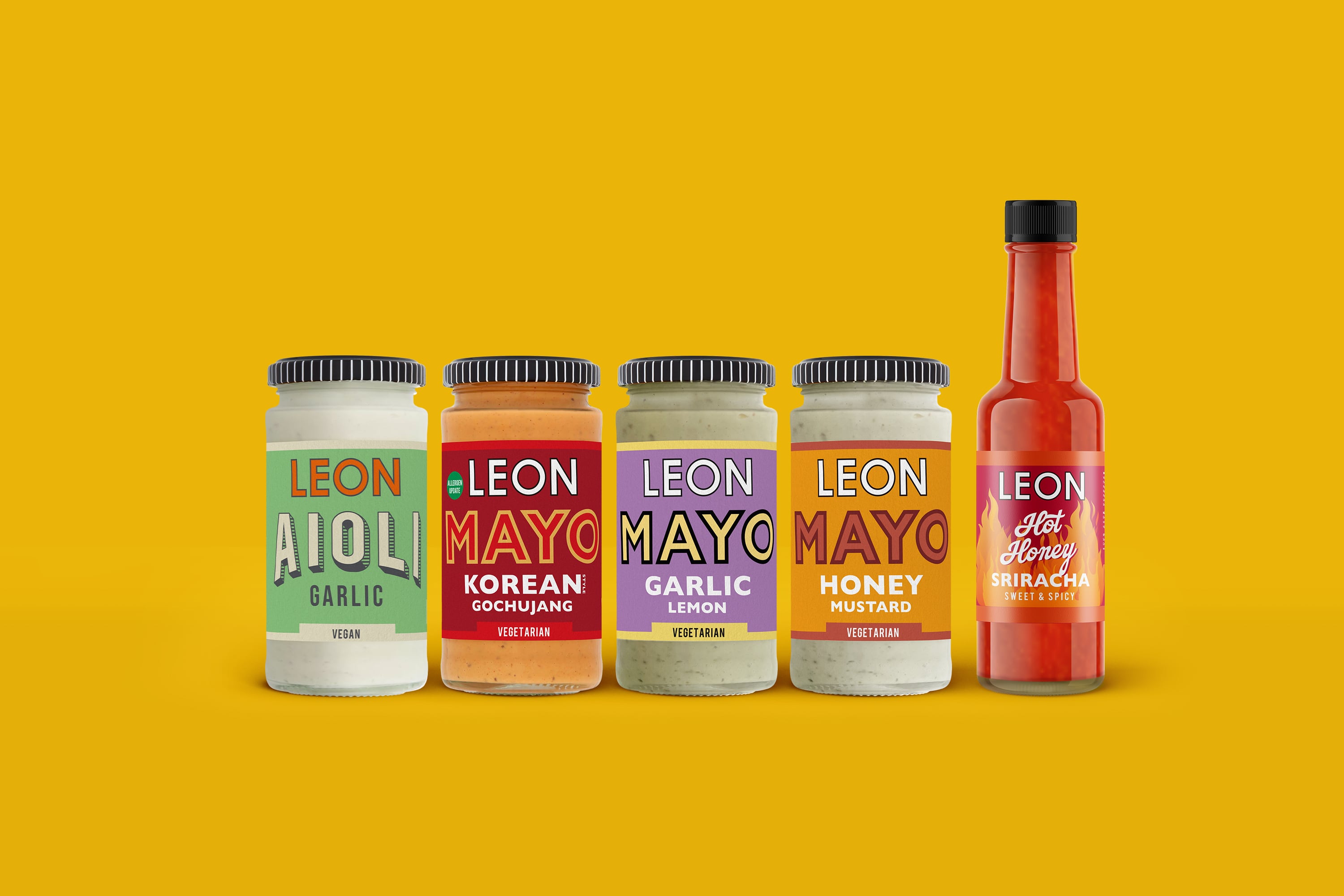Blockchain technology is emerging as a key ingredient in addressing some of the most urgent and complex challenges in our food supply chains. The distinct capabilities of this technology are uniquely suited to providing accessible transparency from source to table.
A December 2024 study published by The Food Institute highlighted that the industry is facing a complex set of challenges to improve resiliency and reduce costs at the same time as meeting ambitious goals for sustainability.
The EU’s goal to have a climate-neutral food chain by 2050 is ambitious. The regulations and directives are far reaching and impact all stakeholders from farmers to consumers. While work continues in developing the policies and directives, for the food sector many new regulations have already become law. Companies now must focus on ensuring that they will be able to meet the reporting requirements for the applicable regulations over the next three years.
The challenges of our time
Many organisations are struggling today with a complex set of issues. Finding ways to reduce, recycle or reuse waste is just one dimension. Maintaining an affordable and safe food supply through the efficient use of resources such as energy, water and raw materials is essential for both consumers’ wallets as well as the planet.
Balancing these needs together with navigating the complex regulatory landscape for food production can be challenging. Being able to access the relevant data and information is difficult and requires a significant collaboration and partnerships across all stakeholders in the value chain. The lack of transparency and visibility around key data such as the origin of ingredients, makes it difficult to track and report.
A new type of problem needs a new solution
Taking advantage of a public network to manage information and asset flow with external parties is a game changer for how food producers, manufacturers, distributors and retailers are able to solve some of the significant challenges.
Blockchain networks are uniquely suited to solving challenges where trust and transparency are central to the problem. This stems from two primary elements: tokenization and decentralization.
The tokenization of assets allows an enterprise, to share, or transfer, that asset and its key attributes continuously with other stakeholders, enabling real-time visibility and traceability at all stages through the supply chain.
By deploying those tokens to a decentralized distributed ledger (a blockchain), an enterprise is able provide all relevant parties access to a trusted source of shared information in real time. This visibility and transparency can simplify and automate many aspects of supply chain management, reducing the need for intermediaries and extracting inefficiencies and ultimately reducing overall costs.
A circular economy
The vision of a circular economy was born from the realisation that the existing patterns of production and consumption are unsustainable. Information service provider Development Aid has estimated that every minute 3,825 tonnes of municipal waste is produced and collected, most of which ends up in landfills or open dumping sites.
The idea is to ensure that existing materials and products can have the longest life possible through reusing, repairing and recycling. Extending the life of products or packaging will mean waste can be reduced to a minimum.
Where previously companies needed to track their inputs and outputs as they relate to the enterprise itself, a circular economy requires that the products themselves must be tracked. A digital product passport (DPPs) is an application that allows relevant information about the product to be collected and shared throughout its lifecycle.
In a circular economy serving a diverse set of stakeholders from producers, manufacturers, distributors, retailers, regulators and indeed consumers, with very different information needs, DPPs can be tailored, ensuring the relevant data reaches the right people.
A decentralised circular economy
Achieving the ambitious vision of a circular economy and extending the life of all products and packaging also means that new supply chains are created. Throughout the lifecycle, ownership and state will change. A DPP must be fluidly updated and transferred to reflect the current state of the product.
By implementing a DPP on a decentralized public blockchain is not only transparent and visible to all parties, but also transferable. This allows enterprises to decouple the product information from the traditional centralized infrastructure models so that it can live on with the product beyond the enterprise’s limits of control.
A blockchain network is uniquely suited to the challenge of a circular economy because of its immutability and its inherent chain of information that underpins the traceability.
The importance of trust
The ultimate success of being able to change our production and consumption habits and the impact of our environment and people’s health and wellbeing is reliant on the commitment to change and trust.
The complex mix of pressures faced by companies in the food industry today may lead some to either hide information or to provide misleading information on their own sustainability practices. This so called Greenwashing can deceive consumers and regulators alike.
By transparently tracing products and raw materials through the food chain on a public decentralized network, the risk of greenwashing can be significantly reduced. Establishing a foundation of trust that is so critical to achieving the long terms outcomes needed.
The path forward
The underlying technology of blockchain networks has matured greatly in recent years, the cost has reduced significantly and importantly there has been tremendous progress in developing privacy on a public network to ensure confidentiality when needed.
The availability of enterprise grade APIs for DPPs and Token services mean that it’s possible to integrate seamlessly with the existing enterprise landscapes safely and securely and without the need to build inhouse blockchain teams.
The complex nature of these new requirements can be solved in new ways through innovation and embracing new technologies to support an exciting new world of collaboration and partnership.
Disclaimer: These are the personal views of the author and do not represent the views of EY.




